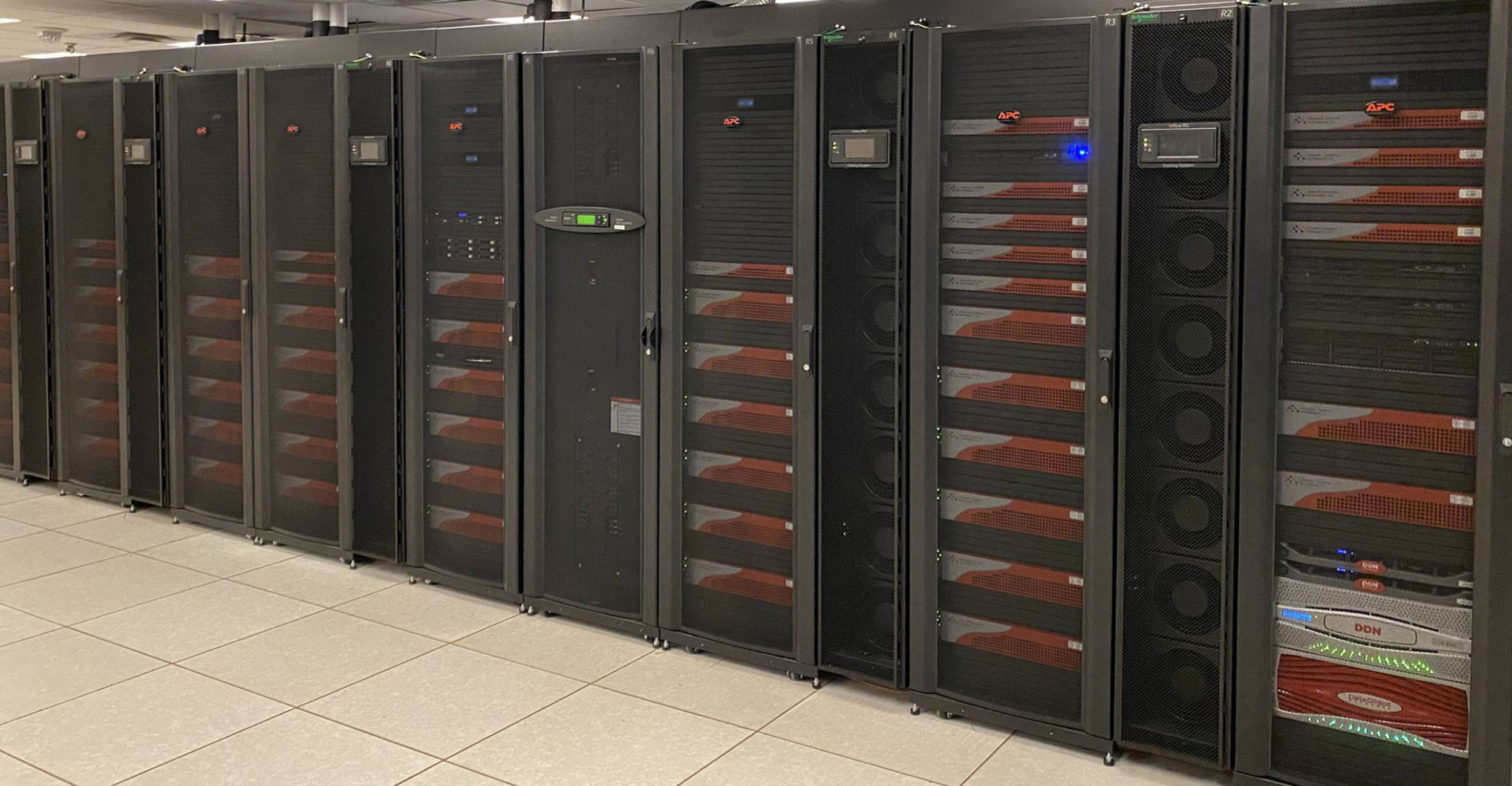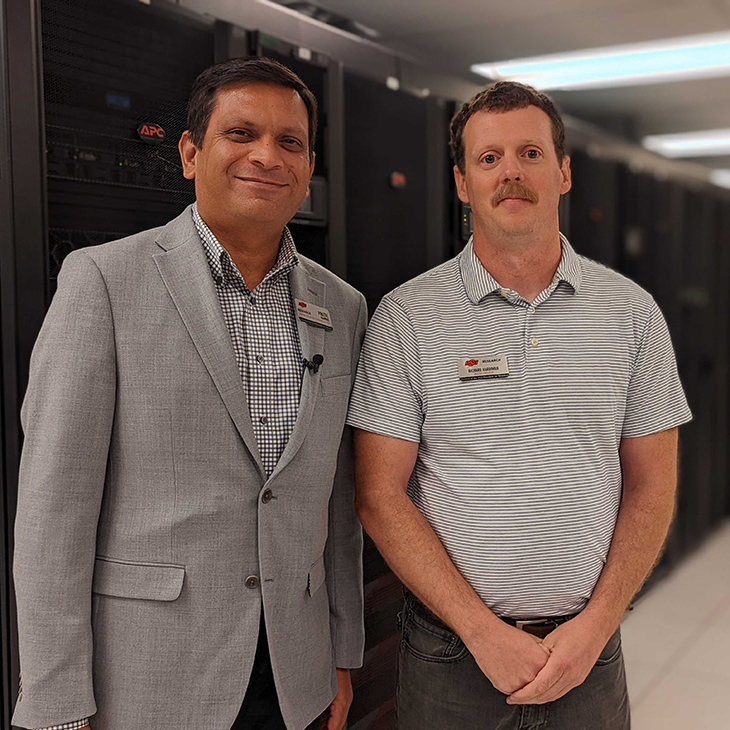
OSU receives large NSF grant to build new supercomputer
Thursday, August 11, 2022
Media Contact: Harrison Hill | Senior Research Communications Specialist | 405-744-5827 | harrison.c.hill@okstate.edu
Researchers at OSU recently were awarded a Major Research Instrumentation (MRI) award from the National Science Foundation (NSF) to develop a new supercomputer.
This supercomputer will receive $5.7 million in funding, of which NSF will contribute $4 million and OSU will contribute $1.7 million. This award, issued under the Major Research Instrumentation mechanism, is one of the largest granted to build a supercomputer.
Able to process immense amounts of data at once, this supercomputer, housed at the OSU Stillwater campus, will be the largest in Oklahoma and several nearby states. The new technology will elevate the research capabilities of the state and the nation and make OSU the leader in supercomputing for the Oklahoma, Arkansas and Kansas (OAK) region.
“OSU has long provided high-performance research computing to our faculty and students, driving OSU accomplishments in big data analytics, genomics and other key arenas,” said Dr. Kenneth Sewell, OSU vice president for research. “The increased capabilities this grant will create allow us to expand our leadership to the entire region, multiplying our impact.”
OSU’s current supercomputer — Pete — serves over 1,600 users from various institutions in Oklahoma, but this new machine will be a leap forward in technological capabilities.
“This is a big moment for OSU and the High Performance Computing Center (HPCC),” said Dr. Pratul Agarwal, assistant vice president of research cyber-infrastructure and the director of HPCC. “The new supercomputer will be powered by the latest generation computing hardware including GPUs (Graphics Processing Units). It is being designed to address the needs of researchers across the OAK region.”

This supercomputer will enable researchers to tackle tough problems in agriculture, human and animal health, and fundamental research as well as help in educating students, Agarwal said.
“The reason supercomputers are important is that a lot of new research discoveries are now being driven by data analysis,” Agarwal said. “The volume of data which has been collected is tremendous. And we need resources that can analyze this amount of data, which is beyond a laptop and even beyond a group of computers.”
Researchers also need a resource that can analyze the data as it's being generated, Agarwal said.
“You don't want to be in a situation where the data is being generated in a day, and it takes several months to process it, because then you keep on falling behind,” he added. “So you need the right scale of computing to be able to keep up with research and discoveries.
Supercomputing also allows scientists to ask questions that cannot be answered by any kind of data collection or any kind of experiment. For example, modeling what happens to materials at extremely high temperatures, Agarwal said.
The OSU-led proposal was a joint effort between OSU, Arkansas State University, Wichita State University, Kansas State University, the University of Tulsa, the University of Central Oklahoma, the University of Oklahoma Health Sciences Center and the Great Plains Network.
Outside of providing the resource to the OAK region, OSU will also use the supercomputer
to contribute to research through consortia such as Open Science Grid consortium and PATh.
